Spain.
Philip III,
100 Escudos 1609,
Segovia.
Unique.
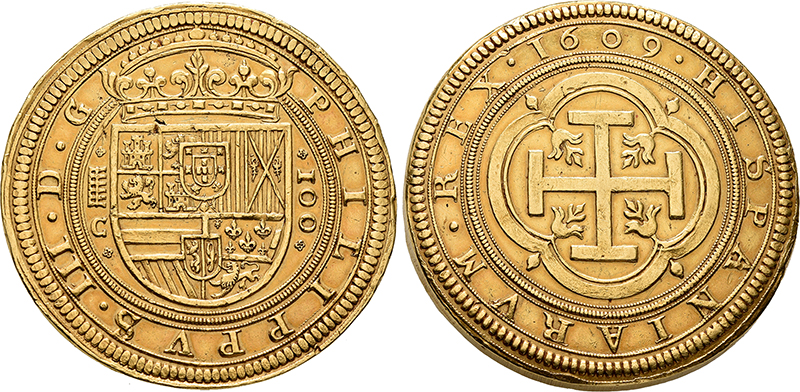

Roman Republic.
Cleopatra VII and Mark Antony,
Tetradrachm 36 BC,
Antioch on the Orontes.
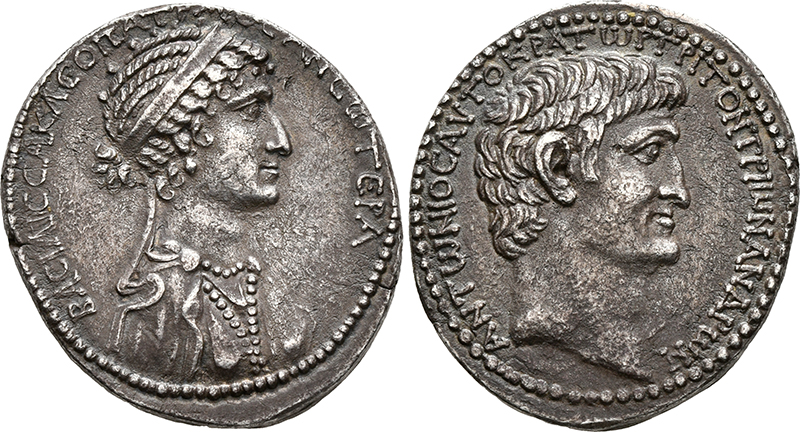
Great Britain.
Henry VII,
Gold Sovereign,
type I, Cross Fitchee, n. d. (1492),
Tower mint.
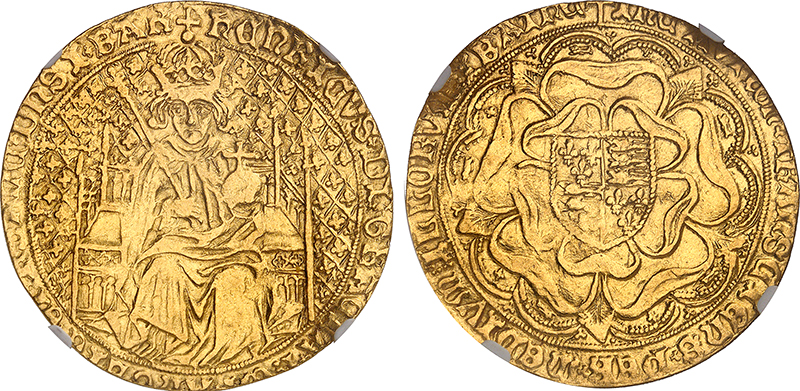
Archive: People and Markets
Are Things Becoming Too Colourful? France and Portugal Issue 2-Euro Colour Coins
After six years, two Eurozone countries make use of the opportunity to design commemorative 2-euro coins with a special effect. Until now, official 2-euro coins with colour have been an absolute exception – for they are not at all liked to be seen in Brussels.
Smithsonian Acquires Largest Collection of Charleston Slave Badges
The Smithsonian’s National Museum of African American History and Culture recently acquired what is thought to be the largest and most complete set of Charleston Slave Badges. A new website informs about the historical significance of these badges.
Archive: Coins, Medals and more
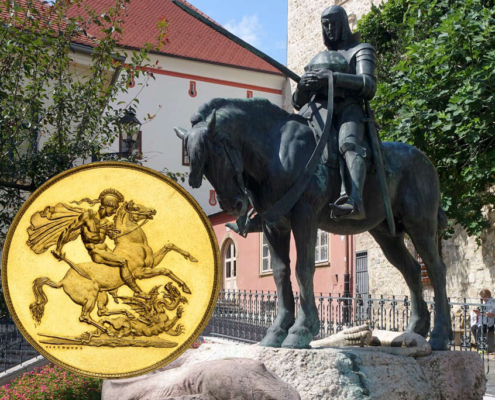
Why Are There So Many Coins Depicting Saint George?
Saint George is one of the most popular saints of the Middle Ages and the early modern period. He is venerated by both Catholic and Orthodox Christians, the Druze and even Muslims. What do we know about this saint? Did he even exist? And why are there so many coins depicting him?
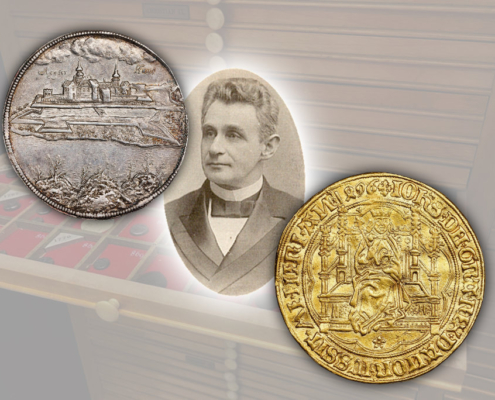
Highlights from the Bruun Collection
Stacks will sell the about 20.000 coins of the Bruun Collection in various auctions. The first sale features 300 Scandinavian rarities with an estimated value of 10 million US dollars. Learn more about two of the highlights: a Danish gold noble and a Norwegian Speciedaler dated to 1661 depicting the fortress of Akershus.







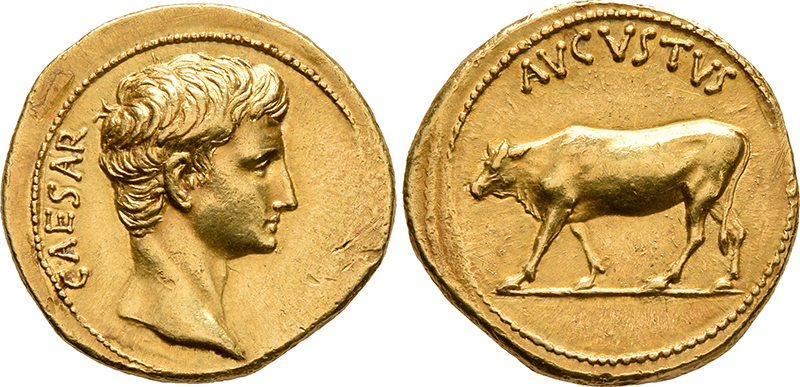
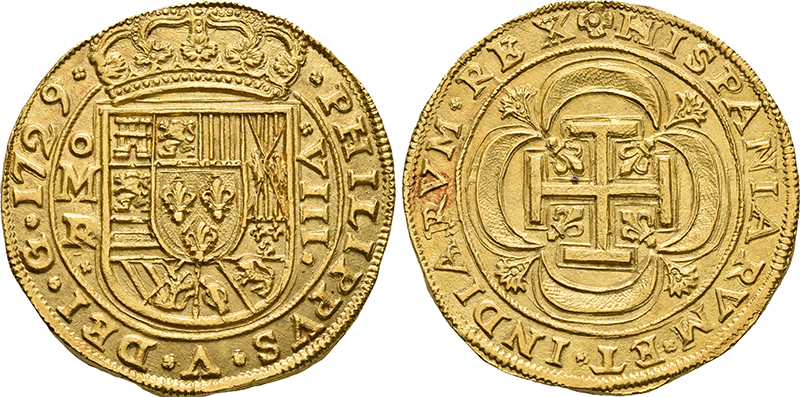



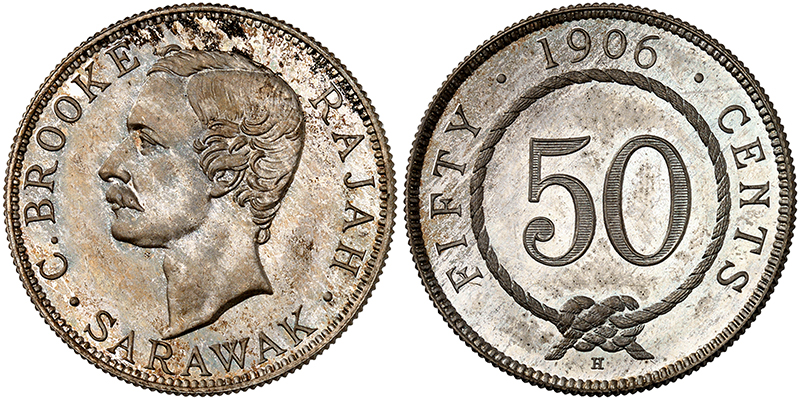
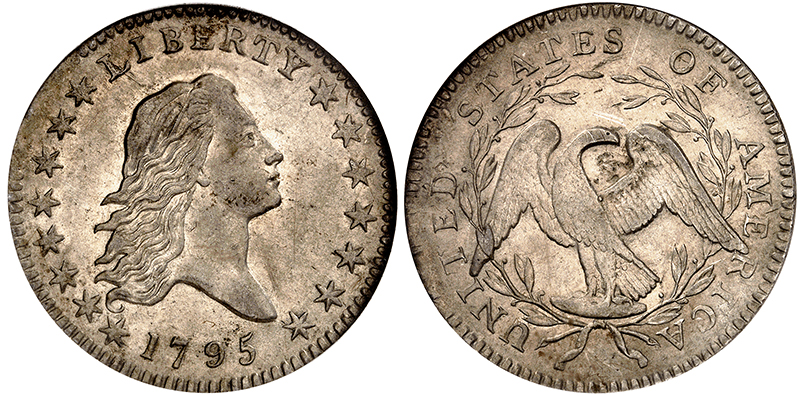

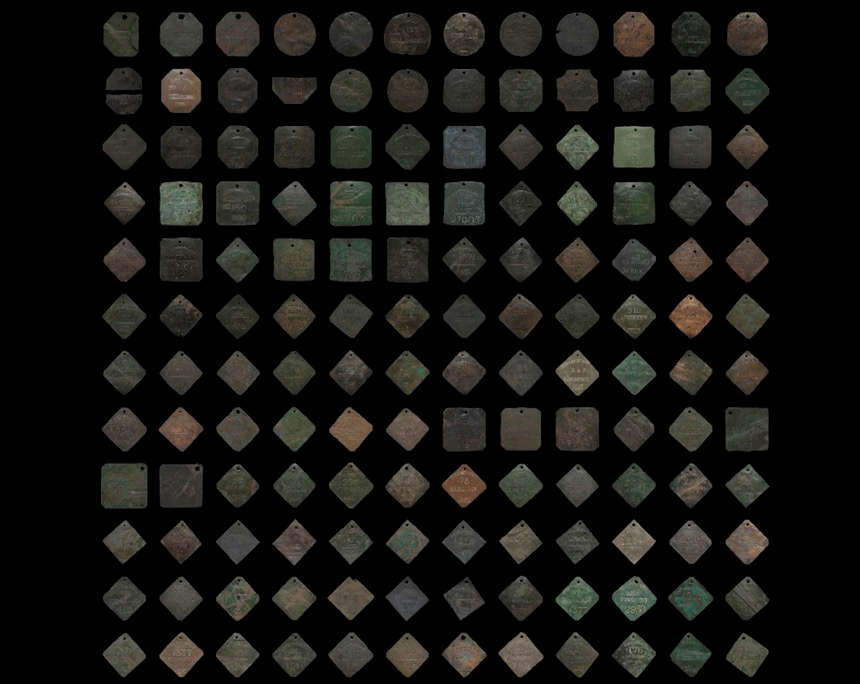

Social Organisations and Bundesbank Advocate for Cash
Coins and banknotes continue to hold significant importance in an increasingly digital world – a point that prominent societal figures have recently underscored in a new position paper. They highlight the social functions of cash and its vital role for disadvantaged groups.
Croatia’s New “Lace-Making in Croatia” Gold Coins
Croatia has released three new gold commemorative coins to pay tribute to lace-making, a tradition recognised by UNESCO. The manufacture of lace in Pag, Hvar, and Lepoglava has been part of the Intangible Cultural Heritage of Humanity since 2009.